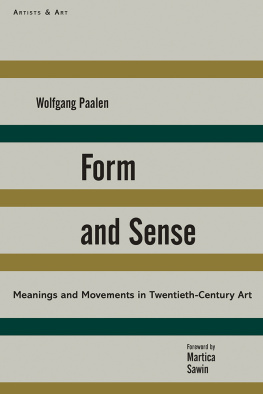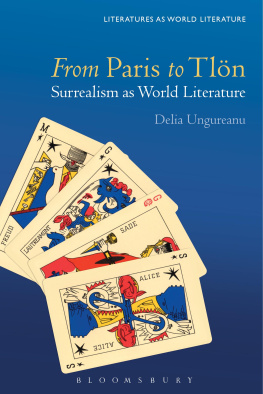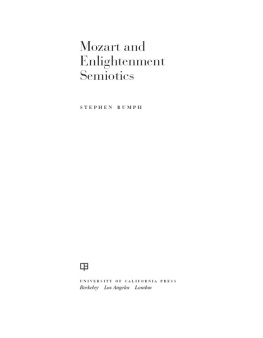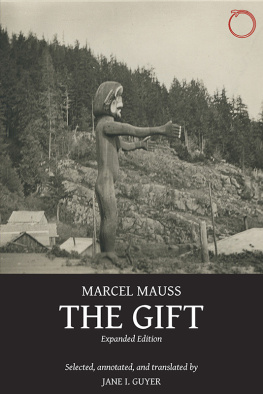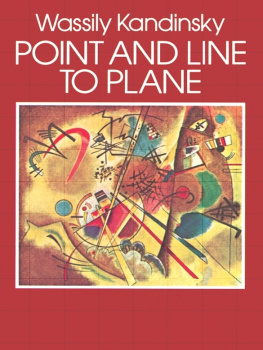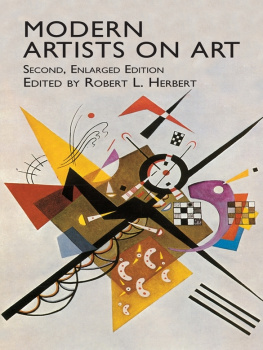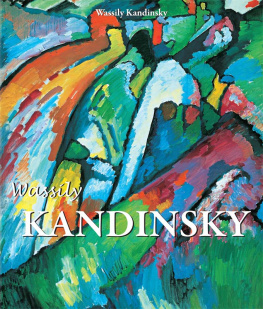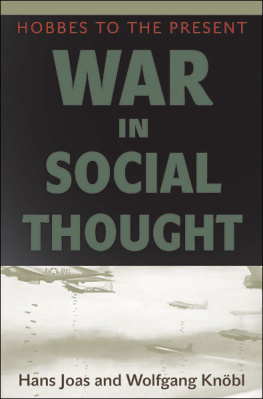Form and Sense

A RTISTS & A RT
Series Editor: Deborah Rosenthal

Wolfgang Paalen studio, 1, rue Pernety, 1933
Succession Wolfgang Paalen and Eva Sulzer, all rights reserved

Copyright 1945 by Wittenborn and Company; 2013 by Alan Wofsy Fine Arts LLC, as successor in interest to Wittenborn Art Books.
Introduction 2013 by Martica Sawin
Originally published in 1945 under the title Problems of Contemporary Art #1, Form and Sense by arrangement with Alan Wofsy Fine Arts LLC
All Rights Reserved. No part of this book may be reproduced in any manner without the express written consent of the publisher, except in the case of brief excerpts in critical reviews or articles. All inquiries should be addressed to Arcade Publishing, 307 West 36th Street, 11th Floor, New York, NY 10018.
The Publishers greatly acknowledge the permissions granted to reproduce copyright material in this book. Every effort has been made to trace copyright holders and to obtain their permission for the use of copyright material. The Publishers apologize for any errors or omissions in the credits and would be grateful if notified of any corrections that should be incorporated in future reprints or editions of this book.
In the original edition, the author thanked the artists reproduced in this volume for lending their works for reproduction.
Translated from the French
Form and Sense was originally published as volume No . 1 in Problems of Contemporary Art, edited by Robert Motherwell for George Wittenborn and Company, New York City, 1945.
Arcade Publishing books may be purchased in bulk at special discounts for sales promotion, corporate gifts, fund-raising, or educational purposes. Special editions can also be created to specifications. For details, contact the Special Sales Department, Arcade Publishing, 307 West 36th Street, 11th Floor, New York, NY 10018 or arcade@skyhorsepublishing.com.
Arcade Publishing is a registered trademark of Skyhorse Publishing, Inc., a Delaware corporation.
Visit our website at www.arcadepub.com.
10 9 8 7 6 5 4 3 2 1
Library of Congress Cataloging-in-Publication Data is available on file.
ISBN: 978-1-61145-782-7
Printed in China
Contents
Introduction to the Arcade Edition by Martica Sawin
In April 1942 a new journal, with its title Dyn scrawled in red across a yellow cover, appeared in the window of New Yorks legendary Gotham Book Mart. Although edited and published in Mexico by the Viennese-born artist Wolfgang Paalen, the new journals contents were mostly in English and addressed to a New York readership of European refugees and younger American artists. An initial essay, Farewell to Surrealism, made this orientation clear. The magazine arrived during the year of Surrealisms greatest visibility in the New World, just two months before the Surrealist wartime migrs, led by Andr Breton, launched their own journal, VVV, and six months before the openings of the attention-getting First Papers of Surrealism exhibition and Peggy Guggenheims Art of This Century gallery. From his wartime refuge in Mexico Paalen, the most erudite and cosmopolitan member of the prewar Paris-based Surrealist group, had decided to challenge Breton by spearheading a new art movement directed toward a synthesis of the implications of modern science and modern art, which he described as a direct visualization of the forces that move our bodies and minds. He hoped that there would be a fertile seedbed for his ideas among the younger American artists who had become unhinged from their provincialismin the words of one of them, Gerome Kamrowskiand were looking for ways to fill the void, even experimenting with Surrealist automatism.
Dyn lasted for only two years and six issues, but significant portions of its contents were given a prolonged life by the publisher George Wittenborn who in 1945 reprinted seven essays from Dyn under the title Form and Sense, the first volume in his groundbreaking Problems of Contemporary Art series. In his introduction Paalen explained that the selection of essays was intended to present complementary facets of thought, and suggested that, taken together, they constituted a philosophy of the possible, a program for getting beyond the dogmas of contemporary art to open up new artistic territory. Two thousand copies of Form and Sense were printed (the original invoice indicates only a thousand were bound); it is listed in the book inventories of a number of New York School artists, as was the journal Dyn; it was also distributed abroadthis writer was able to buy Form and Sense at the Galerie Maeght in Paris in 1949. With the dearth of forward-looking writing on art in those final months of World War II, Paalens modest book took on a prophetic aspect, as it set forth a program for art in a postwar world at the dawn of the atomic age . The fact that works by Robert Motherwell, William Baziotes, Jackson Pollock, David Hare, and former Surrealists Matta and Gordon Onslow Ford were reproduced in the book (as well as in the last issue of Dyn) is evidence of Paalens intention to claim these artists for his new movement.
A crucial link to the New York art world had been formed in 1941 when a young Robert Motherwell showed up at Paalens studio in San Angel, Mexico with an introduction from his teacher, the Surrealist Kurt Seligmann. According to Moth-erwell, Paalen gave him a yearlong course in Surrealism in six weeks, in exchange for information on American pragmatic philosophers, John Dewey in particular. Motherwell made some of his earliest paintings in Paalens studio, meanwhile establishing an ongoing connection with Mexico through his marriage to the Mexican actress Maria Ferreira. Thus he was available to become involved with Dyn; he translated several of Paalens essays from their original French (necessary since the journal was directed mainly toward an American audience), and contributed an essay, The Modern Painters World, to the final issue. He also served as a link to the younger American artists in New York and is reported to have brought Dyn to sessions in Mattas studio where Baziotes, Pollock, Gerome Kamrowski, and Peter Busa were exploring gambits that would lead beyond Surrealism.
Much about Wolfgang Paalens life remains an enigma, partially because of his own acts of obfuscation. In order to create the impression of a growing movement, he used pseudonyms for some of the writings and artworks published in Dyn that he had written or painted himself. Later he was to resort to a variety of deceptive stratagems for smuggling antiquities across the Mexican border. As the authorities were closing in, he wrote to his friend Gordon Onslow Ford that he must save what little honor remained and at the age of fifty-four he took his own life.
Wolfgang Paalen was born in 1905 in Vienna. His father Gustav came from a family of well-to-do Jewish merchants and was himself a prosperous entrepreneur; he also served as secretary general of an important Berlin newspaper and was an avid art collector who encouraged his sons interest in painting. As the eldest son in a wealthy family Wolfgang received a privileged education in languages, math, science, and philosophy, largely from private tutors. Due to his fathers connections, he was brought up in an environment of artists and intellectuals, among them the influential critic Julius Meier-Graefe, who advised him in his study of art. Paalens life was clouded by a younger brothers attempted suicide and the nervous breakdown of another brother who died in a mental hospital, as well as by his mothers melancholia and, during the war years, concern over the fate of his parents.

